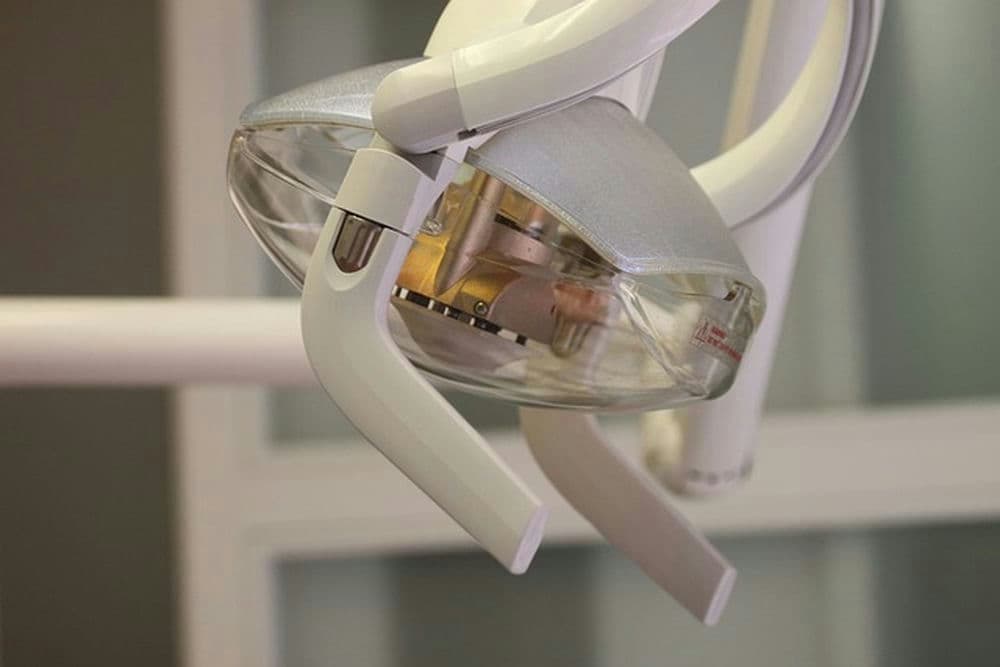Pages
full mouth dental implants cost usa
2/2/2023

Dental Implants can prevent facial sagging and untimely agingFacial sagging can be an undesirable effect of bone loss as a result of missing teeth. This is where the lower third of the face starts to collapse, regularly closing the gap among the tip of the nose and the chin. Changes can come with excess wrinkles across the mouth, thinning lips and a more pointed chin, making the person look a lot older than his or her true age. Stable teeth with good chewing power!The Benefits of Dental ImplantsImplant-supported dentures supply far better stability and chewing power than universal dentures. Dental implants provide a far advanced journey compared to dentures. Even dentures that at first fit the affected person well begin to slip and become uncomfortable after a long time, due to expanding bone loss.
Placing the abutmentWhen osseointegration is complete, you may need additional surgical procedure to place the abutment — the piece where the crown will ultimately attach. This minor surgical procedure is customarily done with local anesthesia in an outpatient surroundings. To place the abutment:Your oral physician reopens your gum to reveal the dental implantThe abutment is attached to the dental implantThe gum tissue is then closed around, but not over, the abutmentIn some cases, the abutment is connected to the dental implant metal post when the post is implanted. That means you won't need an additional surgical step. Because the abutment juts past the gumline, though, it's seen for those who open your mouth — and it'll be that way until your dentist completes the tooth prosthesis. Some people don't love that look and like to have the abutment placed in a separate process. After the abutment is placed, your gums must heal for approximately two weeks before the artificial tooth can be attached. Choosing your new artificial teethOnce your gums heal, you could have more impressions made up of your mouth and last teeth. These impressions are used to make the crown — your practical-browsing artificial tooth. The crown can't be placed until your jawbone is powerful enough to aid use of the recent tooth. You and your dental specialist can choose synthetic teeth that are detachable, fixed or a combination of both:Removable.
dental implants cost near me
2/9/2023

We will often use electronic scans to make a virtual model of your mouth and then, using 3D printers, we create a surgical guide, which in turn means more correct placement of the implants. In order to ensure a long run balance of your teeth or dental implant, it’s required a adequate amount of bone. Bone plays an important role also for guaranteeing the esthetic appearance of your teeth and gums. Bone loss may occur from trauma or inflammation of the gum and bone due to:Bacteria present in dental plaque, that if not removed, causes irritation. This can damage your gums and likewise the bone surrounding your teeth (periodontitis). After tooth extraction through the years, the height and thickness of the bone decreases because of the natural system and lack of mechanical loading.
Dental bridgesA Dental Implant is a more good value and herbal replacement than a Dental BridgeThe Benefits of Dental ImplantsA bridge calls for the alteration of adjacent teeth to support the bridge. A bridge consists of a false tooth (or teeth) supported by adjoining teeth that have been capped. It is used to change one or two missing teeth. A bridge requires two often healthy teeth to be altered, that's not an effective way of changing a lacking tooth in comparison to a dental implant. Bridges tend to have short lives, five to ten years, compared to a dental implant, that can last a life-time. So while a bridge can once in a while be more cost effective in the beginning, in the long run a dental implant can cost you less. Free Dental Implant ConsultationThe Benefits of Dental ImplantsMeet with Dr. Roe and learn more about the various alternatives for missing teeth and about the dental implant process. ental implants are man-made (artificial) replacements on your tooth roots. We put them into the bone of your jaw. They help to support:dentures (false teeth)crowns (caps on top of damaged teeth)bridges (structures to bridge or fill the gap where 1 or more teeth are missing)Implants are long-lasting replacements on your tooth roots if you care for them properly.
bone grafting for dental implants
1/21/2023

A titanium “root” is snugly inserted into the bone and is used to support a crown, bridge or denture. It looks, feels and acts like a real tooth and might last a life-time if correctly cared for. Dr. William Roe has placed tons of of implants and will happily spend the time to explain the details of the procedure and answer your questions. We automatically use dental implants to replace single and diverse missing teeth. Dental implant era has become the contemporary tooth substitute answer as a result of its merits over earlier cures.
As long as you've got healthy teeth and gums and decide to working towards good oral hygiene, dental implants can be a lifelong solution to tooth loss. What if a dentist told me that I don’t qualify for dental implants due to bone loss?If a dentist has told you that you just’re not a candidate for dental implants due to bone loss, there’s nothing wrong with getting a second opinion. While it’s true that some people don’t qualify for dental implants, you may be eligible for regenerative methods like dental bone grafts or sinus lifts. These approaches can add density to areas of bone loss and probably growth your candidacy for dental implants. If you’re not eligible for regenerative tactics, there are other teeth alternative options that can help. Ask your dentist which is better for you. A note from Cleveland ClinicTooth loss can take a toll on standard life. When you’re lacking teeth, it might be difficult to chew or speak correctly. Dental implants offer a long-term solution, and your dentist can tailor treatment to your unique needs. Whether you’re lacking one tooth, a couple of teeth or all your teeth, dental implants may be an option for you. To learn more, seek advice from your dentist.
full dental implants near me
3/8/2023

That is why increasingly individuals are moving to implants as a way of securing their dentures. Dental implant dentures videoPlayAll on four Implants (same day teeth)All on four implants, on occasion called same day teeth, involves four implants being placed to hold a full arch of teeth, that are connected the same day. The result's completed by inserting two straight implants at the front of the mouth and two implants in the back placed at an angle up to 45°. Not everyone can be suitable for this remedy, so if you are interested why not touch one of our highly skilled Advanced Oral Health Centres and discover more. Why chose dentistdentist is dedicated to offering you the best treatment possible in a safe, state-of-the-art apply. By using the latest electronic work flow generation mydentist reduces the will for messy impressions.
Facial injury. Congenitally lacking teeth (you were born without sure teeth). How should I arrange for a dental implant?Before the dental implant system, make sure to:Give your dentist a present list of medications and supplements you are taking. It’s important to tell your dentist if you’re taking a blood thinner (anticoagulant). Your dentist will decide in coordination with your basic care carrier no matter if you are looking to stop taking any medications before your implant system. Make sure that you simply’ve seen your basic care provider recently for a checkup and blood work to be sure that there aren’t any situations that would interfere with implant success.